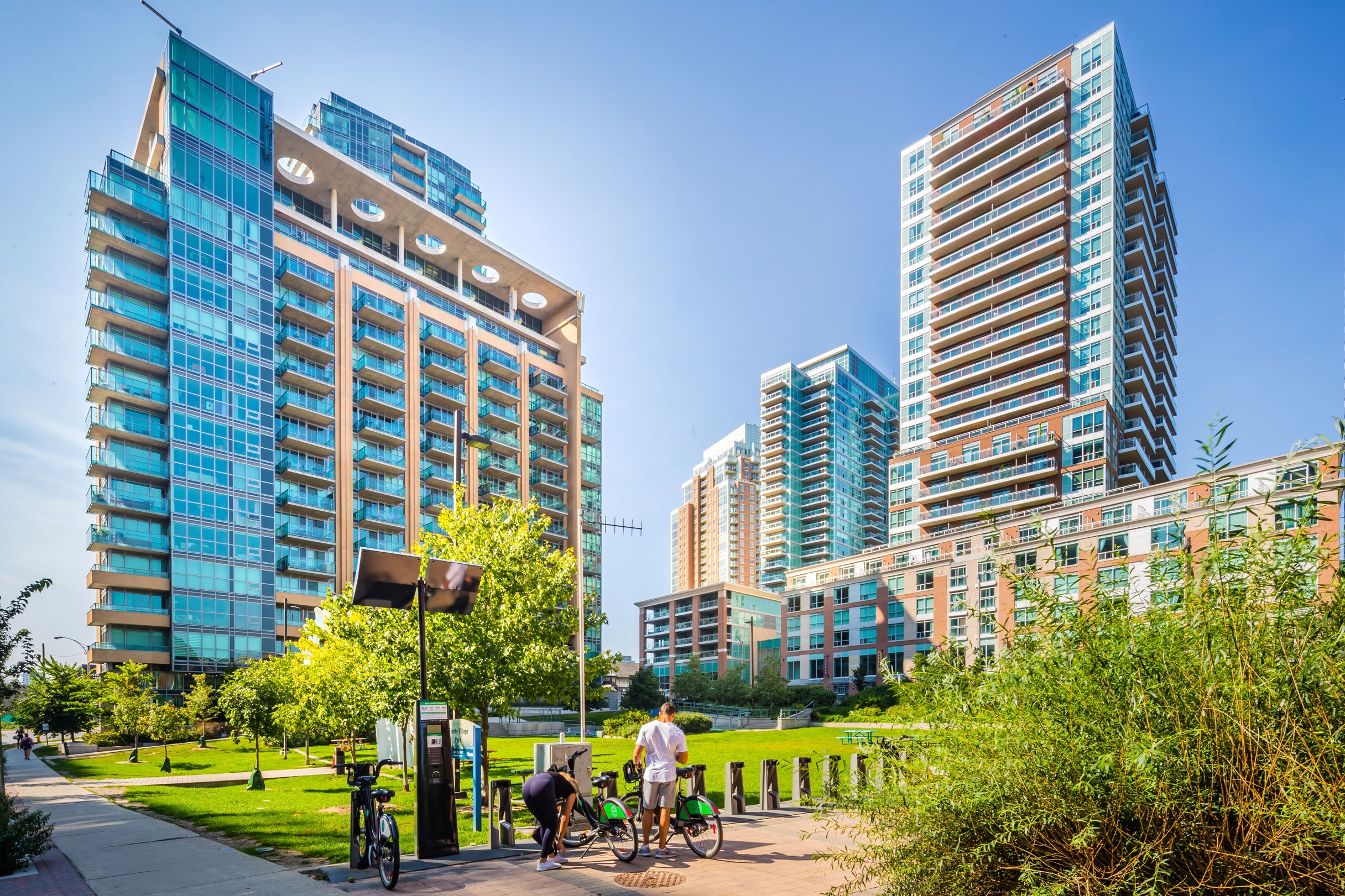
Liberty Village has been a major hub of development in Toronto’s west end throughout the last decade. It’s easy to forget about the storied history contained in the land the neighborhood’s been built on.
Liberty Village is built on and near-by one of the oldest settlements in Toronto. The Fort York settlement towards the southernmost edge of the community was first established by the British in 1793. The Fort York military fort was used to defend and protect the region from any attacks from the United States who had achieved their independence around this time.
This part of Toronto’s settlement to set up military was chosen for many reasons, including because it was believed that a naval base would be required to defend against enemies incoming from Lake Ontario. Where the military base was constructed was the entrance to Toronto’s harbour at the time, making it one of the more natural places to set up shop.
In the 1790s and up through the early 1800s, Liberty Village was not yet known by its current name. Then, it was a part of what was the Garrison Common, which was the military fortification for the Town of York. At this time, countless Canadian soldiers protected Canada against the Americans by holding up this region throughout the period. Following the conclusion of the war, the Liberty Village area experienced a slowdown in terms of industry and population growth.
Much of the history that stands in Liberty Village today is associated with its history throughout the mid-to-late 1800s. The region was originally planned to be developed for residential purposes, however in the 1850s tracks were laid down across the community by the Great Western Railway company and the Toronto, Grey, and Bruce Railway. These tracks put an end to any hope of residential development while also subsequently cutting off the one-day-to-be-neighborhood from the rest of the city. Much of the institutions that would be hosted in Liberty Village throughout the following decades benefited from this seclusion, including the prisons, industrial factories, warehouses, and artist enclaves that would come to establish themselves here.
To think back to the early histories of Toronto and the Liberty Village neighborhood, there are so many stories of people, families, and workers who have been lost to time. It’s a shame that there is not more documentation about the lives lived on the community’s grounds. Liberty Village was associated with a lot of the darker, unspoken parts of Toronto history up until the early 1900s. The military and prison perspectives on the region dominated the conversation about Liberty Village and public perception. Though today it’s frequented by young professionals, some families and a large workforce, at that point in history, Liberty Village was a place no one would really wanted to be.
As we move through time, the late twentieth century saw Liberty Village become a symbol of working class Toronto. Today, Liberty Village has come into its own as a hub of development, creativity, some of Toronto’s best companies, and a collection of increasingly expensive condo units. Rising up from one of the more interesting neighborhood histories there is in Toronto’s west end, Liberty Village is now an amazing place to work and live. Today, Liberty Village stands proudly alongside other names as one of the trendiest neighborhoods in Toronto.







